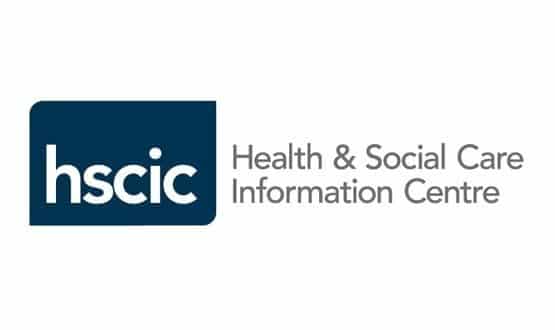NHS urged to use IT safety standards
- 19 June 2013

Trusts should adhere to patient safety standards when implementing new IT systems, a patient safety expert has argued.
Maureen Baker, clinical director of patient safety at the Health and Social Care Information Centre, told last week’s UKRC that although the last 20 years had seen an increasing awareness of the importance of patient safety, there was still much to be done.
In the US, for example, an estimated 98,000 people a year die from medical errors occurring in hospital.
“We need to start thinking more critically about when things go wrong. We need to get better at stopping things going wrong in the first place,” she said.
Although human error was inevitable, well-designed systems and processes could minimise the capacity for human error, Baker added.
She also urged the NHS to learn from other industries such as aviation, which had extensive safety management systems in place.
While the adoption of IT systems in healthcare had removed some major causes of error (such as illegible handwritten prescriptions), it had introduced others, Baker told delegates to the congress in Liverpool.
A GP choosing a prescription medicine from a dropdown menu, for example, could accidentally choose a medicine with a similar-sounding name.
Baker said that since systematic recording of safety issues related to IT had begun in 2005, 1,200 incidents had been logged.
Many of these related to patient identification – for example, notes about one patient being assigned to another patient.
Data mapping was a major source of error, because up-to-date information such as patient addresses could be overwritten by older and incorrect information. “Data quality is a patient safety issue,” she said.
The largest group of incidents on the database related to picture archiving and communications systems; the particular concern of the imaging stream at the event.
This does not necessarily mean that there are more problems with PACS, Baker said, but may relate to greater conscientiousness among professionals using PACS.
“Clinicians have been very aware of the importance of logging incidents. This is a culture that has developed in this community.”
John Fox, a quality and safety analyst at the HSCIC, said that the importance of standards was increasingly recognised in the NHS.
For example, Robert Francis QC’s second report into the scandal at Mid Staffordshire NHS Foundation Trust had emphasised the need for standards in patient care.
In 2009, two NHS standards were created to address patient safety in IT systems: DSCN 14/2009, which is aimed at manufacturers of health software, and DSCN 18/2009, which is aimed at those deploying and using health software.
They cover topics such as hazard identification, clinical risk analysis, clinical risk evaluation and clinical risk control.
“The specifications explain what you have to achieve, but the organisations decide how to do it,” Fox said; urging delegates to support the standards and to make sure they were used in IT implementations.
Read more about the imaging informatics stream at UKRC in the Insight feature on EHI Imaging Informatics: Reporting the future




